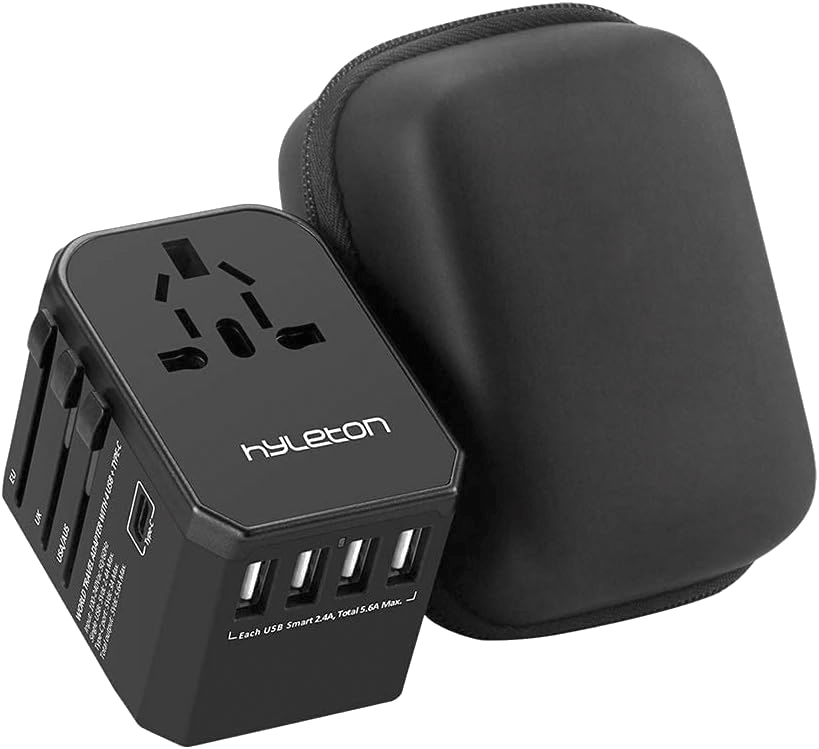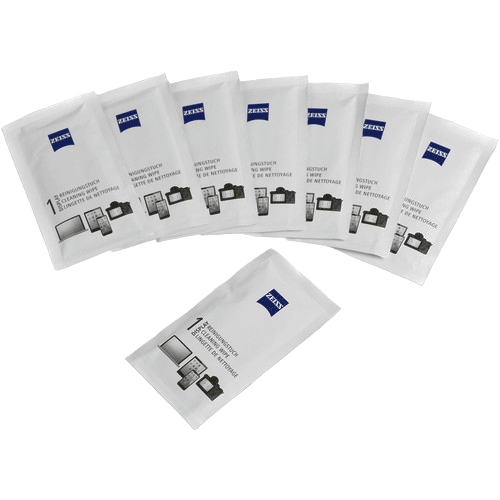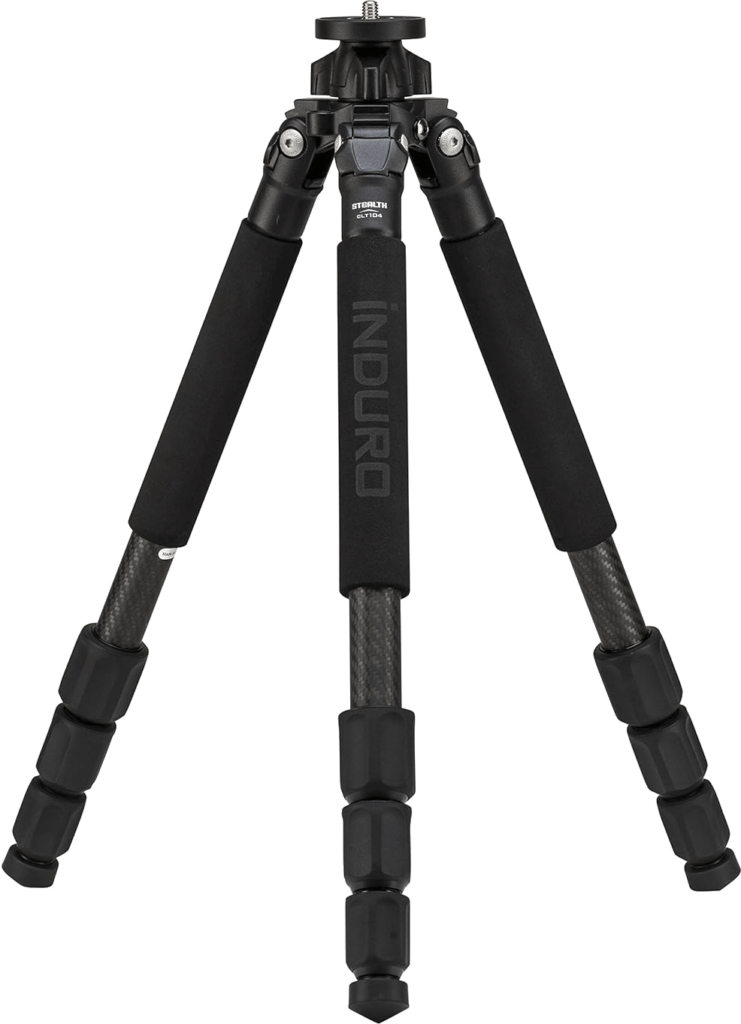We travel and we take photos. Sometimes we travel purely to take photos. That may be a subtle distinction but it comes to the fore when deciding what is the essential photo gear we travel with and subsequently gave to lug through airports and other glorious travel nemeses. It is also worth bearing in mind, photography is not necessarily about the gear, but without the right gear photography is either very difficult or simply doesn’t happen.
Backpacks

For many years we travelled with our camera backpacks, but then a few years ago, for some unknown reason, the bag which I had been using for over 8 years and tens of thousands of flight miles suddenly became an issue at airport check in and security. Before you say it, no, it wasn’t too big…or at least it wasn’t by the strict measurements of the airlines or manufacturer. However, we also had to take a few connecting flights on smaller planes with more limited overhead space and twice my bag simply wouldn’t fit in the bin. That’s a problem when you’re carrying what could be thoudands of dollars worth of equipment. Some smiles and polite chat with the cabin crew generally helped to amicably and calmly overcome the issues, but there was always going to be the chance that, if the bag was taken away from me, something would happen. As in, go missing or get broken. So yes, critical in your thoughts must be the size and feaatures of your backpack. That made us rethink both our bags and the photo gear we take when we travel.
Front opening, back opening? Waterproof? Holds a laptop or tablet? Can handle a long telephoto lens? Only you can know what your requirements are, so if you can, head to your photographic retailer and try a few bags for size and comfort. Especially comfort. You may need to hike with this bag on your back for miles. Apart from camera gear think about any extra layers of clothing you need to take with you. Or camping gear, food and water maybe? A good backpack is worth investing in…
Bonus Tip: If you are travelling further afield and potentially through multiple airports you may wish to consider a hard case with a padded interior. These are available in carry on sizes, or you can check it. Just remember if you travel with photo gear, get TSA locks and insurance!
Memory Cards

Without sufficient memory cards you stand the chance of being selective when taking photos and that may mean missing the best shot. We always shoot raw and jpeg, whatever camera we are using and know roughly what space each shot takes so can calculate how many images will fit on a card. Also, we pretty much know how many photos we can or will shoot for a given scenario.
Knowing that we can then start to guesstimate how many cards we will need per day should we be heading off for an extended trip. Sometimes the light will be better and we shoot more, sometimes the weather moves in and we shoot less. Just recently we visited a waterfall with an awesome reputation, yet despite talking to locals and getting indications all would be good, when we arrived there was little to no water flow at all. So nothing other than a few snapshots for posterity were taken there. All in all it generally averages out.
Read: Gear Post – The Fuji X-S20
These days SD cards, which we use, are pretty reliable and fairly inexpensive. So having a few extras is not a big deal. However, in the past i have had an external data duplicator which i would use to copy my cards each night or, if travelling with a laptop, i would take a card reader and external storage device such as an ssd and, again, perform regular backups.
An important, item to consider is a memory card holder. If you have a few cards it’s not ideal to have them stuffed in random pockets. A good card holder keeps them all together. When i swap out an SD card i flip the write protect tab and then place the card in my car holder facing the other way to my empty cards so i can see immediately the card’s status.
Batteries
Your camera battery manufacturer should indicate an estimated number of images which can be taken with a full charge. That will be under optimal conditions, so think about where you will be photographing, how long you will be out and about and how often you will have a chance to recharge your used battery, or batteries…and , of course, how long the recharge process may take. Not all electrickery is created equal..!!
I would always advocate for at least one spare battery regardless. With MrsFaceless and i both shooting cameras which take the same battery we can always swap and share. We have opted to change from the default Canon single battery charger to a USB twin battery charger. It also saves us having to wake up in the night and monitor the progress!
Plus, think about weather you will be shooting in – cold has a detrimental effect on battery life, sometimes quite considerably so. In cold weather take your spare battery out of your bag and place it in an internal pocket where body heat will help to keep it performing better.
Travel Adapter

Regardless of where we travel in the world, or within the US, we always take our travel adapters. Not only do they offer all the 2- and 3-prong variations we need, the ones we use have a multitude of USB outlets. Very handy indeed when hotel rooms may only have one or two outlets. We pair these adapters with some reasonably long USB cables too. We often find that the only outlet we can use is not convenient, maybe behind a fridge or tv stand in the hotel. Not ideal for crawling around or even the space for everthing we need to charge. An assortment of six or ten foot USB cable removes that headache.
Rain Covers
Sometimes the best shot is in bad weather. Or just as bad weather is ending and the sun is starting to come out again. A prime example is a rainbow. You may have weather sealed camera gear. But if not then a simple camera raicover can do an extraordinarily good job of keeping whatever nature can throw at you away from your expensive kit. There’s plenty to choose from out there and we have gone through several over the years. We prefer the ones which do not make you look through a plastic window to see your image. Just personal preference. Look for reviews online especially those which are related to your specific camera and lens combination.
Lens And Sensor Cleaning

Photo gear gets dirty. Keeping your sensor clean is a simple job, starting with the ethos of care when changing lenses. Sensor cleaning kits are available online with all kinds of videos showing the relatively straightforward process. It also helps to have a camera with sensor cleaning built in. A dirty sensor will impact image quality. Likewise keeping lenses clean is also very important. Lenses are obviously more prone to collecting dust and debris. Your images depend on clean, unobstructed light reaching your sensor so keeping your lenses clean is paramount. We always have microfiber towels with us to wipe away any dust or spray from rain or a waterfall. We also have lens wipes with us should the debris be more persistent. A thorough inspection of our photo gear when we return from travel is part of our routine, along with cleaning.
Head Lamp
Out before sunrise? Out after sunset? Camping at your location? Don’t forget a good quality and reliable head lamp so you can pack up without leaving something behind and then safely navigate your way along any trails. One with a red light mode will help maintain night vision and stop other people being blinded if you look at them!
Tripod And L Bracket

A sturdy tripod is an essential piece of equipment. I’ve mentioned previously both MrsFaceless and i have had Induro carbon fiber tripods for some time and absolutely love them. Consider your usage and travel requirements. You will likely be hiking so weight becomes a factor, as it does if you travel by air. Plane travel can also dictate the need for a multi section or breakdown tripod so that it fits in your suitcase, if not a smaller tripod entirely.
Check the weight rating and ensure it will take your camera and lens with room to spare. Remember, it will need to be stable in not only ideal conditions, but sometimes in strong winds. That extra strength will pay dividends in bad conditions. We both use ball heads on our tripods, but have seen all manner of heads in use. Again, a visit to your local camera dealer to test out what works for you should be in order.
L Brackets
To mount our cameras we have L brackets. They provide a quick, easy and consitent mounting method for all of our camera bodies. An L bracket also reduces the likelihood of droop from any ball head if you flip to a portrait orientation. I was recently scouting a location and had not taken my tripod. When i got there it was gorgeous….but my tripod was some distance away back at the car. Luckily the camera i was carrying had an L bracket on it for an Arca mount and another photographer at the location had an Arca mount tripod which he very kindly offered to me as we spoke. No fuss. No faff. Easy peasy.
There are situations where tripods are not the best option, or indeed, may not be allowed, such as public areas with large numbers of people walking around who may trip. For those kinds of places i have a couple of other solutions. There is generally a wall, or table or flat surface available so i used to carry a bean bag. This also doubles when shooting from the car as it sits perfectly over the door frame at the top, or once the window is wound down. Nowadays i prefer to use a Platypod. All i need is to find a relatively flat surface and takes up very little space in my bag. Almost the perfect photo travel gear!
Filters
Simple and obvious enough – a circular polarizer and a couple of NDs which can all be stacked. Enough to cut down on any glare and reduce enough light hitting the sensor to allow for longer exposures, especially handy when around moving water!
Bonus Items – Non Photo Gear For Travel
Some additional photo gear which you should also consider for travel, just because…
- A notepad: Almost certainly you’ll need to write something down at some point. Make it easy with a dedicated photography notepad.
- External Power: A power bank of some kind can be used to keep your phone charged, or camera/drone batteries where you don’t have an option of a wall socket. Capacities are increasing all the time. These can also be paired with solar mats to recharge them during the day if you are hiking and camping out.
- A GPS device: If you are going way off the beaten track there may be no cellular phone service. Reduce the risk with a GPS device or one with a satellite communication feature. That should help stop you getting lost or allow you to send regular location updates.
- Zip lock bags: These are useful for keeping things dry, or separating wet things that need to go in your bag. Or items such as bug spray which you really don’t want leaking!
- Hand wipes: A simple thing, but after scrabbling around in rocks, dirt and mud to climb to that perfect vantage point, being able to clean your hands quickly before handling your camera gear goes a long way to keeping your gear clean and in top working order.
- Hand Warmers: In the same vein of being comfortable when spending a long time outside, hand and toe warmers can help tremendously. Those air activated pouches warm up in about 10 minutes. The ability to take the chill out of your bones, or frozen hands and feet, allows you to maintain your concentration on location and focus on getting the shot!
Finally, have fun and, of course, don’t forget your camera!

